Math and the Bible: A Comprehensive Guide
What is the Relationship Between Math and the Bible?
Throughout history, math has played a significant role in the development and interpretation of the Bible. From the dimensions of the Tabernacle to the calculations of time and prophecy, mathematical concepts are interwoven into the biblical narrative.
Mathematical Patterns in the Bible
The Bible is filled with mathematical patterns and symmetries. For example:
- The number 7 appears prominently, representing completeness or perfection.
- The number 12 symbolizes the government of God, as there were 12 tribes of Israel and 12 apostles.
- The Fibonacci sequence (0, 1, 1, 2, 3, 5, 8, 13, ...) is found in the branching patterns of trees and the arrangement of leaves on certain plants mentioned in the Bible.
Mathematical Calculations in the Bible
Math is also used for calculations in the Bible. For instance:
- Chronology: The Bible provides genealogies and timelines that require mathematical calculations to determine the dates of events.
- Measurements: The dimensions of the Tabernacle, the Temple, and various altars are meticulously described using mathematical units.
- Prophecy: The Bible contains prophecies that involve numerical calculations, such as the "70 weeks" of Daniel 9, which predicts the timing of certain events.
Symbolic Meaning of Numbers
Numbers in the Bible often carry symbolic meanings beyond their literal value. For example:
- 3: The Trinity (Father, Son, Holy Spirit)
- 4: The four directions (north, south, east, west)
- 7: Completion, perfection
- 10: Completion, fulness
- 12: Government, authority
Math as a Tool for Biblical Interpretation
Mathematical analysis can enhance biblical interpretation by:
- Identifying patterns: Revealing hidden structures and relationships within the text.
- Verifying historical accuracy: Cross-checking numerical information with archaeological findings.
- Unveiling hidden meanings: Deciphering the symbolism and numerical associations associated with certain concepts.
Math and the Bible are deeply interconnected, providing valuable insights into the biblical narrative. Understanding the mathematical principles embedded in the Bible enriches our comprehension of its teachings, history, and prophecies.
Frequently Asked Questions
What does the Bible say about math?
The Bible does not explicitly mention the term "math," but it contains numerous references to numbers, measurement, and geometry. For instance, in Genesis 1, God creates the world in seven days and divides the waters into upper and lower realms.
How can I use math to understand the Bible?
Math can help you analyze biblical genealogies, understand the dimensions of the temple, and interpret prophetic timelines. For example, by calculating the ages of the patriarchs and their descendants, you can gain insights into the history of Israel.
What are the mathematical principles in the Bible?
The Bible reveals several mathematical principles, such as the Fibonacci sequence and the golden ratio. These principles are evident in the arrangement of verses, paragraphs, and chapters, as well as in the design of the tabernacle and the temple.
How did the early Church use math?
The early Church fathers, such as Origen and Augustine, used mathematics to defend the faith and explain Christian doctrines. They employed geometry and arithmetic to illustrate the Trinity, the incarnation, and the resurrection.
What role does math play in modern biblical scholarship?
Today, biblical scholars use computer-aided analysis, statistical methods, and archaeological data to enhance their understanding of the Bible. These techniques help them identify textual variants, analyze literary patterns, and reconstruct historical events.

